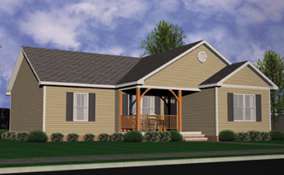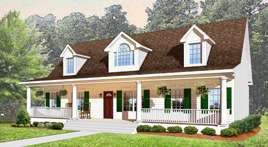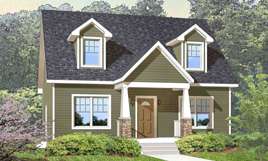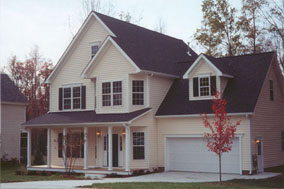Among the selection of homes available in the entire Tide Water area, the custom modular cottage homes have become a popular choice for most of the prospective homeowners. These custom-built homes can be economically constructed for all environments, taking only shorter time to be ready for occupancy as compared to traditionally built homes. Cottage modular...
Read MoreModular Homes VA Blog
The Timberland Series of modular homes in Williamsburg, VA is designed with much consideration for those with a limited lot size. So whether you plan to have a single story home or not, you can choose from such series and further customize it based on your specific requirements. With the never-ending technological advancements in modular...
Read MoreThe Cape Cod style of home has since proven itself to be practical for many homeowners since its advent back in the 17th century. Because it has been consistently liked for generations, the modular home construction industry has deemed it worthy as a contender in their traditional line home style floor plans. The custom modular...
Read MoreThe Ranch modular homes in Virginia Beach, VA are customized according to your particular preferences. These single story modular homes include all the comforts in their modern or timeless layouts as if you are living in a hacienda. Custom modular ranch-style homes are often referred to as Rambler or Rancher. They usually contain sizeable bedrooms...
Read MoreModular home construction allows you to build and own a unique home that reflects your lifestyle. The floor plans are so flexible that their standard specifications can be further developed to your advantage. For an added convenience, this housing scheme uses a shortened construction scheme that also generates cost and time savings. Just like other...
Read MoreWhen building modular homes in Chesapeake, VA, everything always starts with picking the perfect floor plan that homeowners would customize further. These homes are a great choice for those who want a new home that can be built in significantly lesser time and expense as it would take to build one in a traditional manner....
Read MoreA lot of exterior options are made available and versatile to make your modular home a more beautiful and livable dwelling. The exterior is the first thing people see so it makes sense to put some careful thought into the options you choose. Building a home is considered one of your biggest financial commitments in...
Read MoreYou are probably dreaming of the day when you can retire and settle down when you grow old. Back then, it was just a dream for a lot of people to build their own vacation home but it does not have to be now. Vacation homes can be very affordable, thanks to modular home construction....
Read MoreCustom-built modular homes in Williamsburg, VA allow you to build and own a home that shows your style and fit your lifestyle. These homes are a great reminder that you can have more options for less expense to really make a house a home that is uniquely yours. Starting from one of the pre-existing modular...
Read MoreWhat makes custom-built modular homes in Chesapeake, VA cutting-edge is how they grant homeowners with great creative freedom. This is very noticeable with the level of flexibility that the home builders and manufacturers guarantee in the pre-existing modular floor plans. There is a wide selection of homes available if you choose to build for yourself...
Read More





.jpg)


